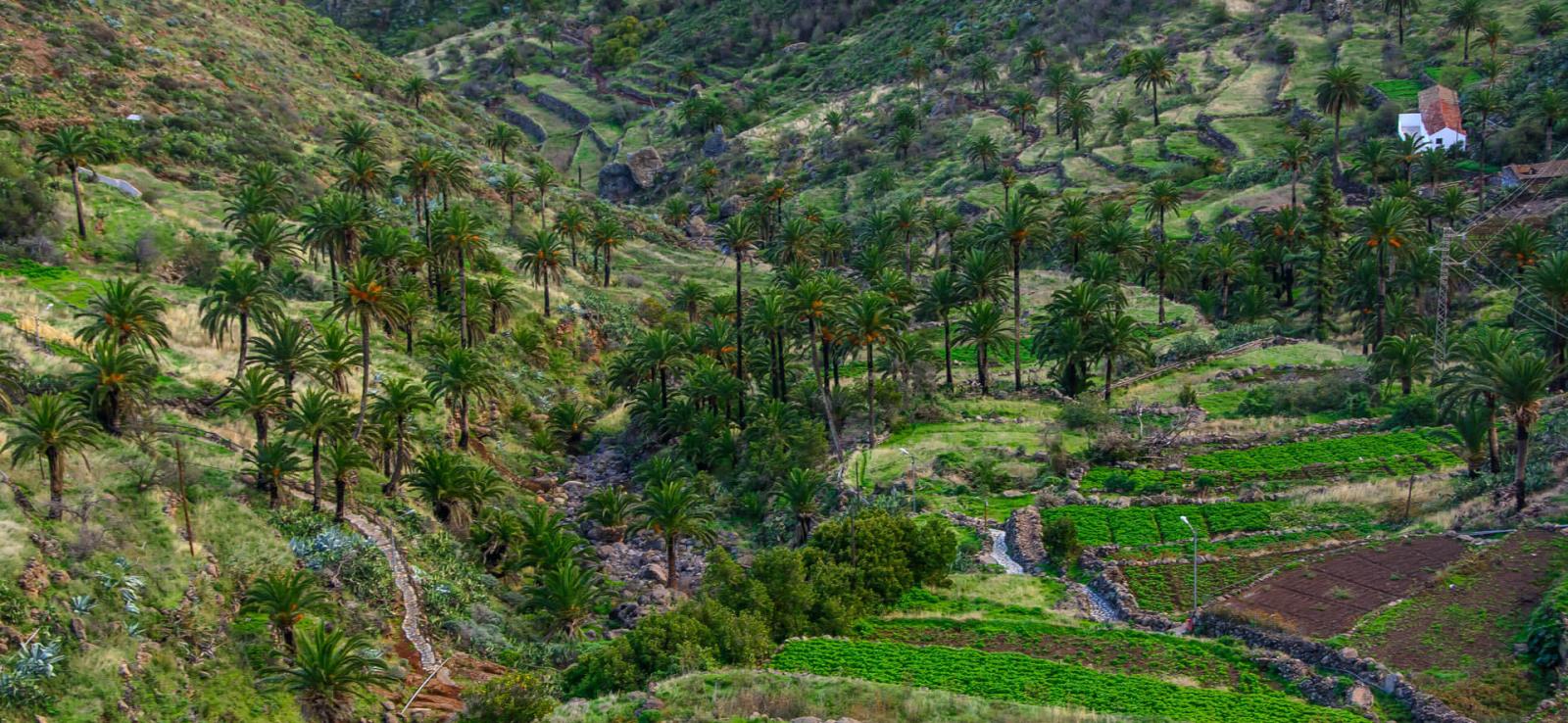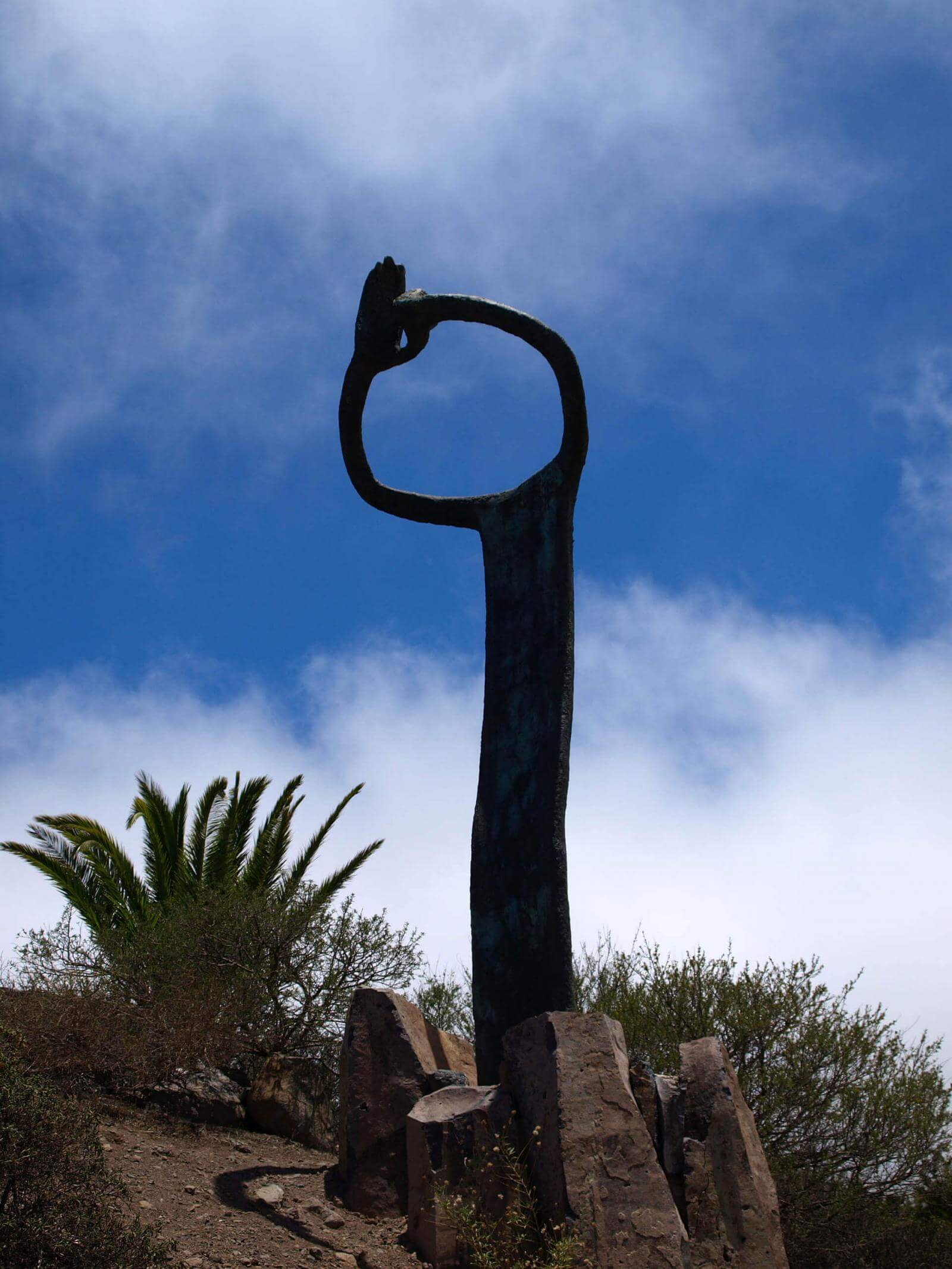Anywhere in the world can have the attraction of its own gastronomy, historical architecture or landscapes. But there is only one place on the planet Earth that has a whistled language that the locals use to communicate with each other. Only La Gomera, due to its geographical characteristics and the steel will of its inhabitants, keeps a language alive that dates back centuries and is stronger than ever today.

The origins of ‘silbo gomero’
It dates back to long before the Spanish conquerors arrived in the islands. It was created by native Canary Islanders, the first inhabitants of La Gomera, when they still used ‘guanche’ as their language. It began to be adapted to Spanish from the mid-16th century onwards.
Used extensively throughout the archipelago, the appearance of technology, the emigration of the island’s inhabitants and the arrival of new foreign inhabitants reduced the role of ‘silbo’ on the other islands. La Gomera, however, was always the greatest standard of ‘silbo’: due to its distinctive geography, with all of its valleys, ravines and rock faces, the language was key to the development of local agriculture and farming. It arose as a way for shepherds to communicate over long distances, carrying up to five kilometres.
It is important to insist that it is not a system of preestablished codes for expressing limited content, but an entire, articulated language with an ability to exchange unlimited messages, always by whistling. By imitating or encoding a language, currently Spanish, phonetically reducing it to six sounds, two vowels (low and high) and four consonants (continuous low, short low, continuous high and short high). The tone and continuity of the whistle distinguishes each word.
The whistling techniques required physical precision and strength that is only acquired through constant practice. It uses the lips, tongue and hands, very different to any other language that only requires the oral cavity to issue different frequencies. For all of these reasons, ‘silbo’ is definitely special.
Saving ‘silbo gomero’
Mid-20th century, ‘silbo’ experienced a very serious identity crisis. The middle and upper classes considered the language to be for the use of shepherds and farmers, and with agriculture losing weight in the local economy, there was a very high risk that ‘silbo’ would fall out of use. Its disappearance became a real possibility, as only a few older people were able to use and understand ‘silbo’, but the population decided to take action. The community of La Gomera opened centres to teach ‘silbo’ to children in parents’ associations or extracurricular classes. Proof of the love and pride that is felt for the language.
A few years later, regional and local governments decided to join forces to protect ‘silbo’. Since 1999, it has been a compulsory subject at primary and secondary schools; a School of Silbo Gomero was established for students who wanted to continue on from their compulsory studies of it and become instructors; and a process was initiated for digitising all of the materials for local and global distribution.
International research and acknowledgement
Due to its singularity, ‘silbo’ was declared UNESCO Intangible Cultural Heritage in 2009. The main reason was the work done by the government to save the language and extend its use. According to a report by the organisation itself, most of the population of La Gomera understand ‘silbo’, although only those born before 1950 or who have attended classes after 1999 can use it.
Furthermore, the SETI Institute considers ‘silbo’ to be of interest in the study of animal languages or possible foreign languages, due to its capacity to naturally encode a language in a very different way to other common human languages.








